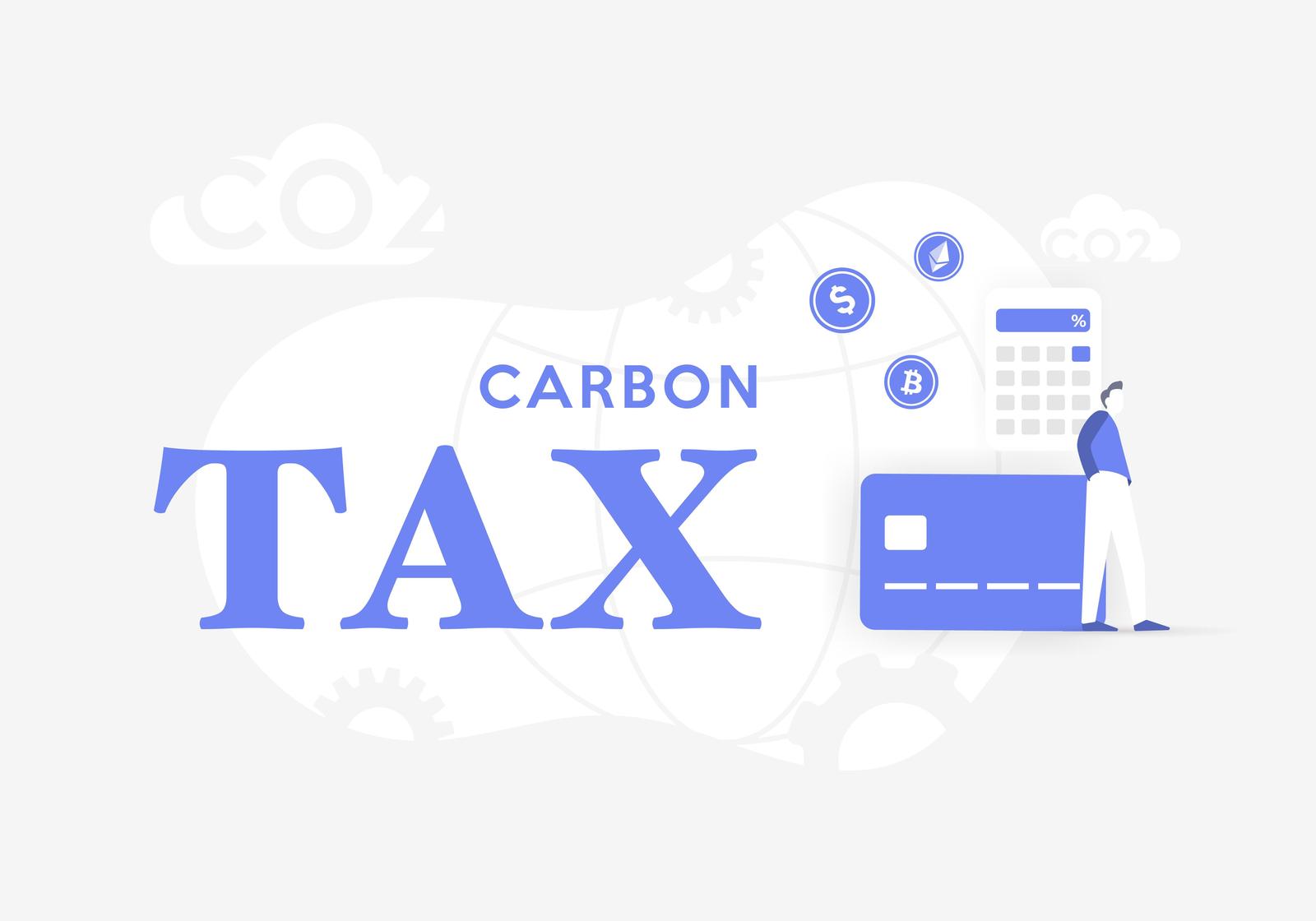For many Canadians, it’s just a line item on a receipt—an extra charge at the gas pump or on a home heating bill that brings a familiar sting of frustration. The “carbon tax,” as it’s commonly known, is one of the most debated and least understood policies in Canada today.
In the public square, the conversation is a shouting match. One side calls it a “job-killing tax grab” that punishes ordinary people. The other side hails it as a critical tool to “save the planet.” Both narratives are simple, emotionally charged, and incomplete.
Lost in the noise is a fundamental question: What is the carbon tax actually supposed to do, and how does it work?
The policy is more complex than a simple tax. It’s an economic tool designed to change behaviour on a national scale, and it includes a major component most people don’t fully see: a rebate. This is the full story of how carbon pricing in Canada really works.
What Is Carbon Pricing? (The Core Idea)
The federal policy, officially called “carbon pricing,” is built on a simple economic theory: if you make pollution more expensive, people and businesses will have a financial incentive to create less of it. It’s not about punishing people; it’s about creating a “price signal” that makes cleaner choices—like driving a more fuel-efficient car, improving home insulation, or switching to a heat pump—more financially attractive.
As explained by the Government of Canada, the system has two main parts: a fuel charge that applies to everyday consumers, and a separate system for large industrial emitters. This article focuses on the fuel charge that affects you directly.
The Fuel Charge: How You Pay It
Unlike a sales tax, the fuel charge isn’t a percentage. It’s a specific amount applied to fossil fuels based on the greenhouse gas emissions they create when burned. For example, in 2025, the price on carbon pollution adds a specific number of cents to each litre of gasoline or cubic metre of natural gas. This charge is collected by the producers and distributors and is reflected in the final price you pay.
The Canada Carbon Rebate: How You Get Money Back
This is the most crucial and misunderstood part of the entire policy. The federal government does not keep the revenue from the fuel charge.
Instead, the vast majority of the money collected in a province is returned directly to households within that same province. This payment is called the Canada Carbon Rebate (CCR), and it’s delivered automatically in four quarterly installments to eligible residents who file their taxes.
The system is designed so that, according to government estimates, approximately eight out of ten families receive more money back in rebates than they pay in carbon charges. This is because the rebate is a flat amount for everyone in a province, but the charges are based on how much fuel you use. The goal is to cushion the financial impact on low- and middle-income households while ensuring the incentive to conserve energy remains in place for everyone. You can find details on the official rebate amounts and eligibility here.
The Big Debate: Does It Actually Work?
The core of the political debate is whether this system is the best way to fight climate change.
- Proponents’ Argument: Many economists argue that carbon pricing is the most efficient, market-based tool to lower emissions. Instead of complex regulations telling people what to buy or how to live, it gives everyone a clear financial reason to innovate and conserve in whatever way makes the most sense for them.
- Critics’ Argument: Opponents argue that the policy unfairly burdens people in rural communities who don’t have access to public transit and must drive longer distances. They also argue it raises the cost of living and hurts the economy during inflationary times. The independent Parliamentary Budget Officer (PBO) provides detailed analysis on these economic impacts.
The Full Story
The Canadian carbon tax is not simply a tax. It is a complex feedback loop: a price on pollution paired with a rebate to citizens. The debate around it is not just about environmentalism; it’s a fundamental disagreement over the best way to balance two of our society’s most critical goals: long-term environmental sustainability and immediate economic affordability. Understanding how both parts of the system work is the first step to moving beyond the political noise.

